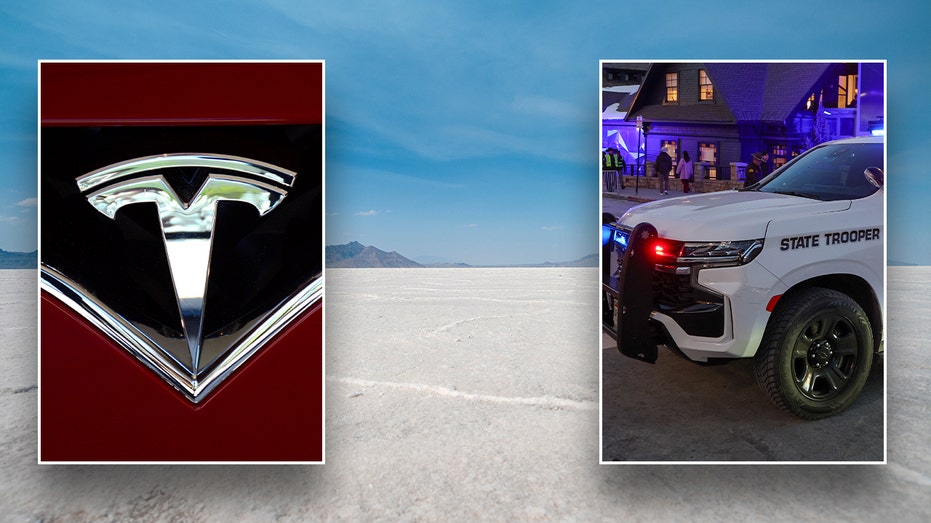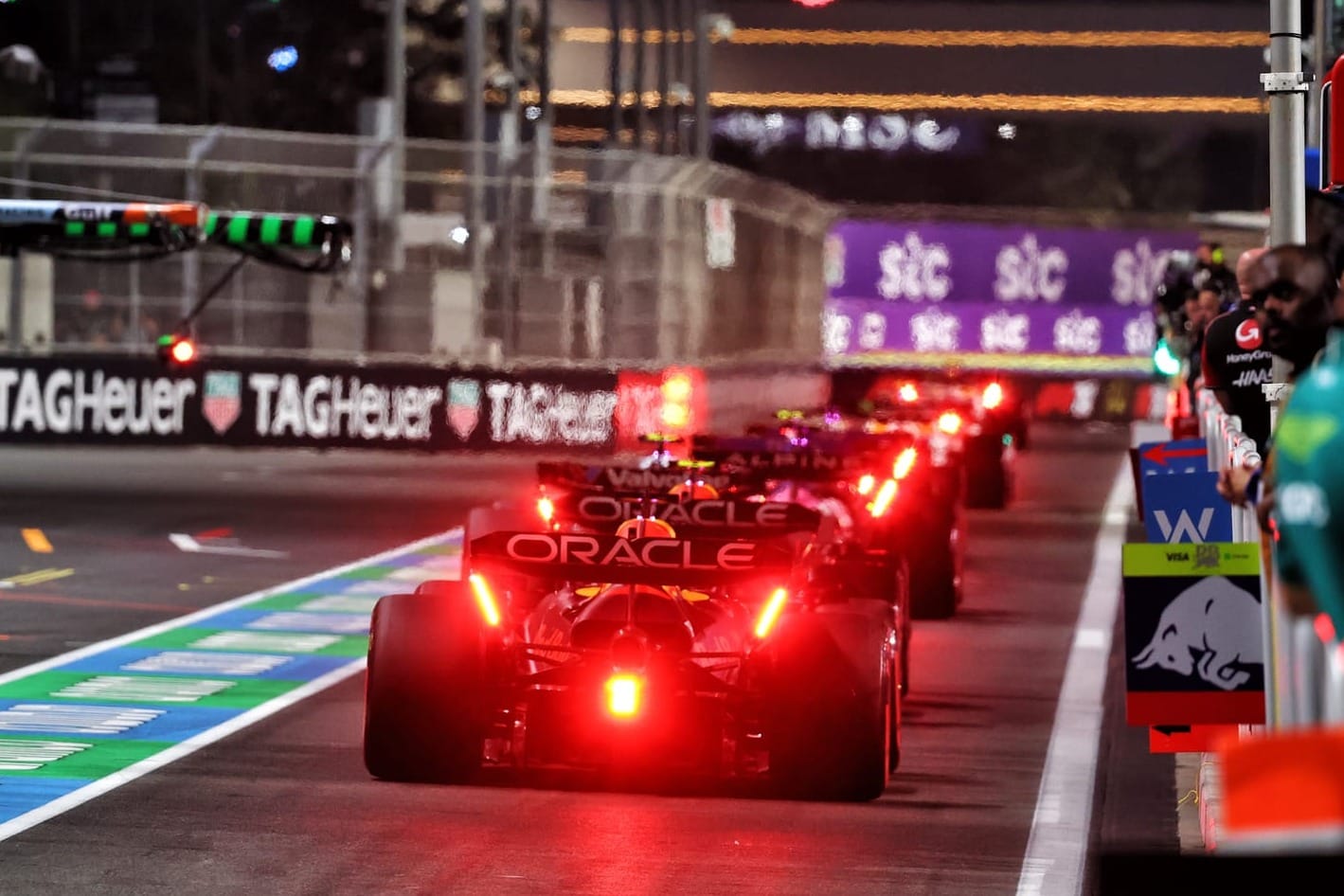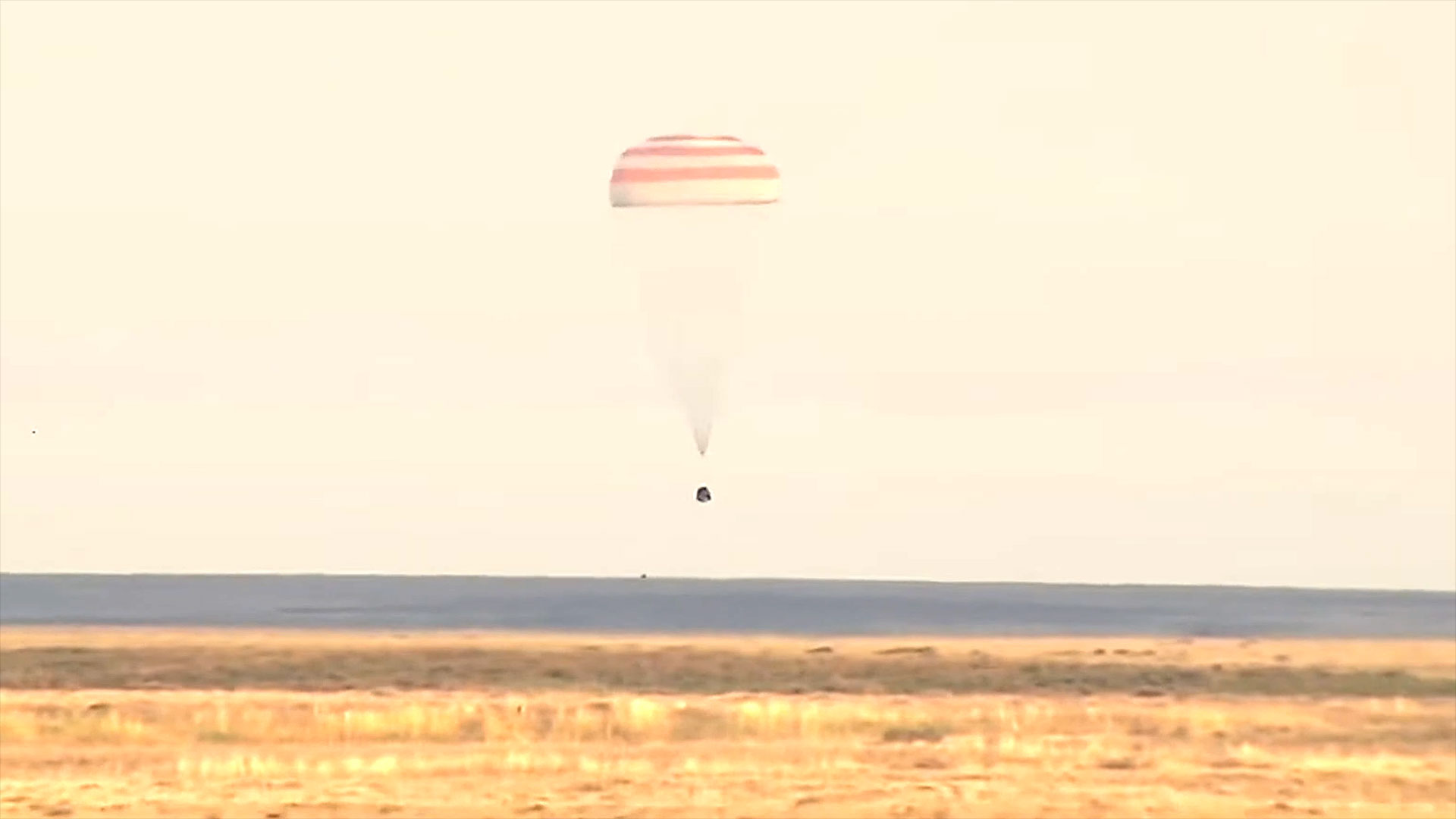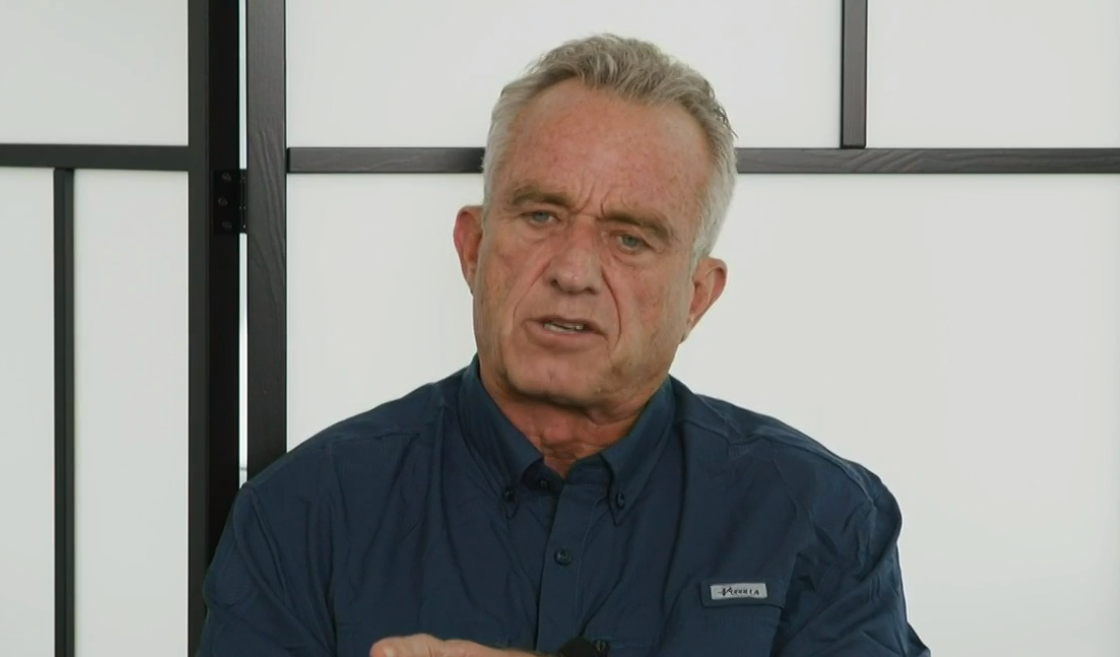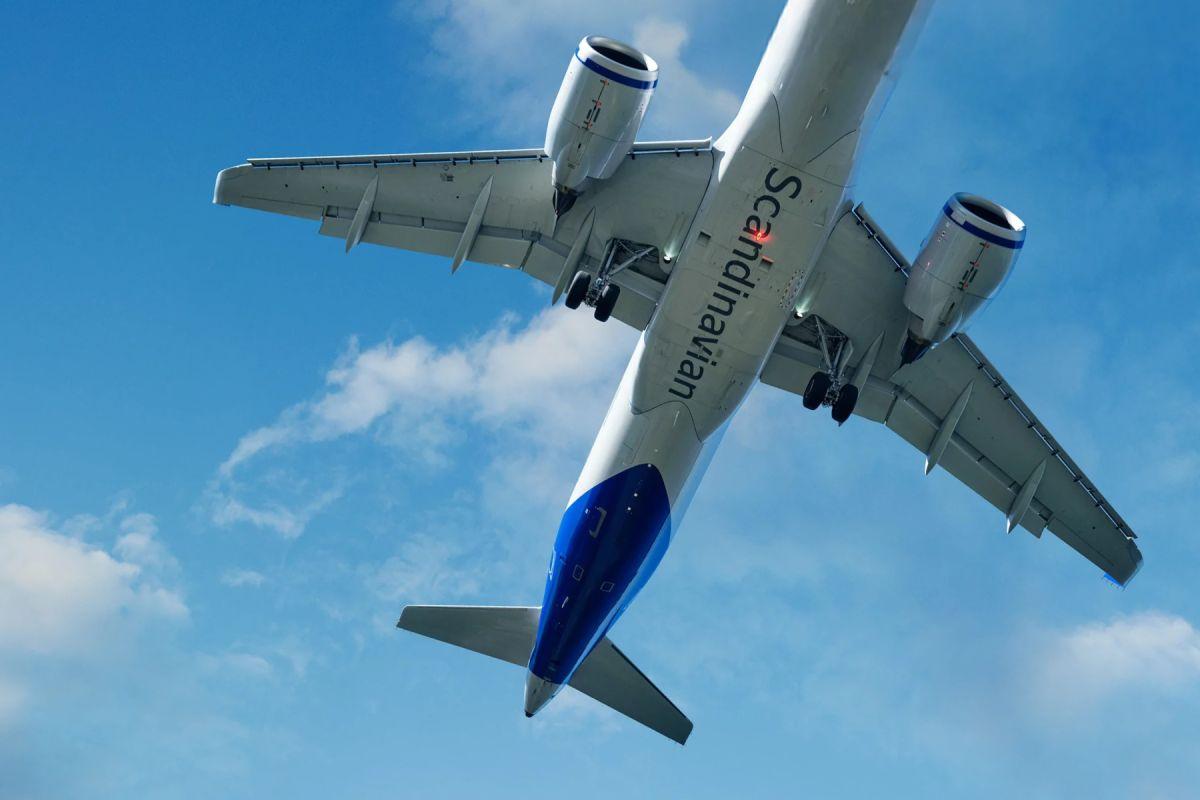Russell's verdict after debuting F1's under-the-radar innovation
George Russell has revealed how he gave one of Formula 1’s latest innovations an under-the-radar race debut, after using a cooling vest en route to his runner-up finish in Bahrain last weekend


George Russell has revealed how he gave one of Formula 1’s latest innovations an under-the-radar race debut, after using a cooling vest en route to his runner-up finish in Bahrain last weekend.
The use of cooling vests had originally been intended to be made mandatory by the FIA this season for races where temperatures got too hot – in a bid to avoid a repeat of the problems drivers faced at the 2023 Qatar Grand Prix.
However, complaints from several drivers about complications of trying to fit the cooling tube elements comfortably in the tight confines of a cockpit forced a change of plan for 2025 only – with the FIA making its use voluntary for those events where a ‘heat-hazard’ is declared.
Any driver who does not use it has to carry an extra 5kg of ballast to offset the extra bulk of the system, faced by those who are wearing it.
In Bahrain, conditions did not hit the 30.5C point where the FIA intervenes, but Russell felt it was hot enough for him to elect to wear it anyway.
Having been happy with it in practice, Russell kept it on for qualifying and the race - with the tubes spotted in photos of him getting out of the car. 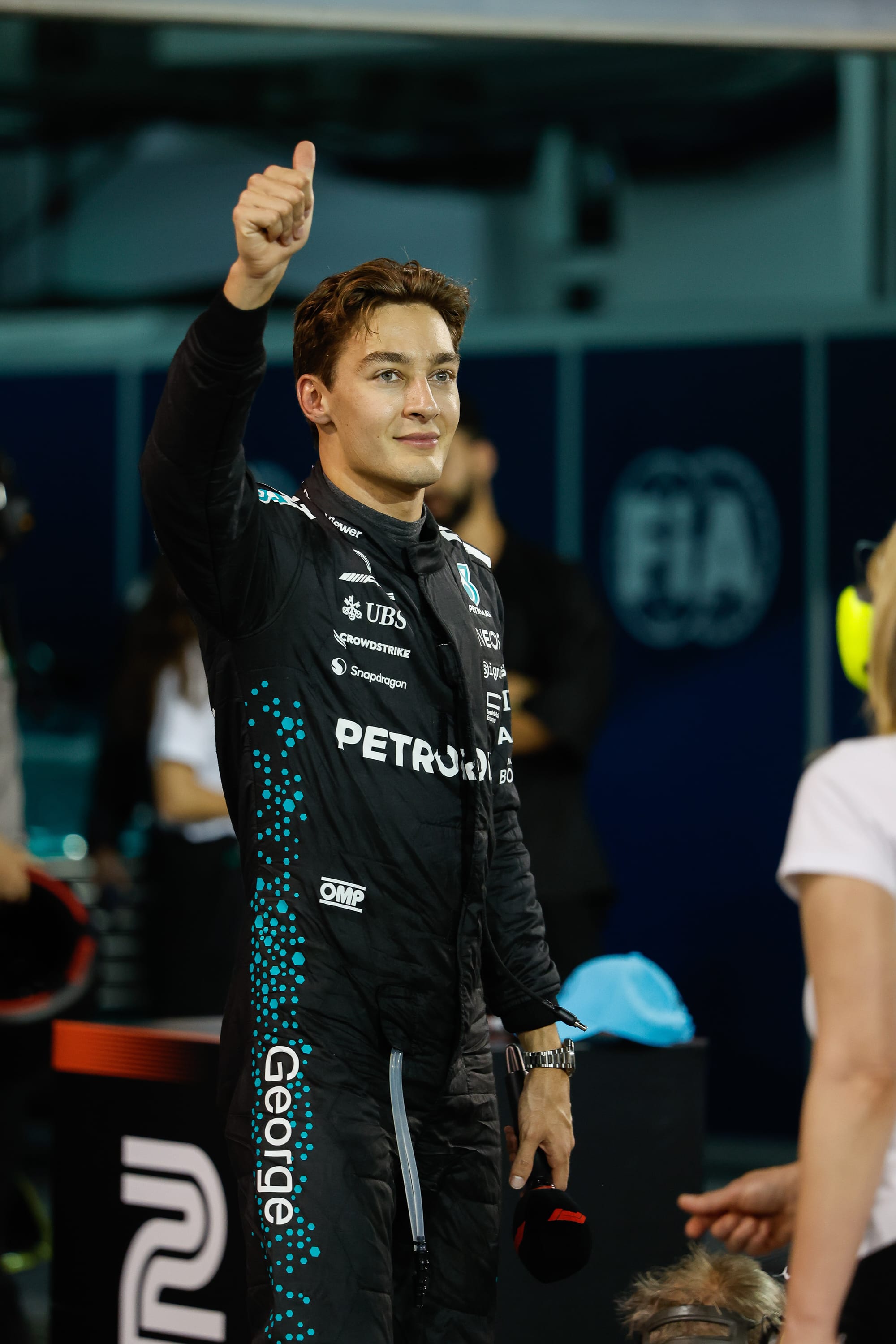
“It's good,” he explained. “What's great to see is that us as a team, we are trying to push these boundaries and be ahead of the curve.
"It was definitely very noticeable when I turned on the cool water. I think at the start of the race, it was about 16C pumping around my body, which feels quite nice when you're in a cockpit that's 50C-plus.
“Of course there's always room to improve. But for us as a team, they've been putting in so much hard work and had the confidence that the system would work that I wanted to give it a whirl. So far, so good.”
But despite being happy with how the vest worked in Bahrain, Russell is not sure if it will be as comfortable for the higher speed demands of Saudi Arabia - so he will run it in Friday practice before deciding what he does for the remainder of the weekend.
“I wasn't too concerned with the discomfort in Bahrain because it was quite a low-speed circuit, but here with the very fast corners of Jeddah and all of these pipes around my rib area, it could cause me some issues,” he explained.
“So that's why I'm going to see on Friday. But the system - or at least our system - is very much capable of being raced and used and it clearly worked well in Bahrain.”
While team-mate Kimi Antonelli tested the system briefly on the Friday in Bahrain, he elected not to commit to racing with it because he had limited mileage with it during practice.
Hamilton sceptical

Although both Mercedes drivers seem comfortable with the cooling vest, other drivers are not so convinced.
Haas driver Esteban Ocon said at the start of the year that it was impossible for him to use it because things were too tight in his cockpit.
And Ferrari driver Lewis Hamilton said he was surprised that Russell elected to race with it.
Talking about the cooling vest situation, he said: “It's an ongoing process. I think there are people still developing it.
“It's not mandatory at the moment. I think one of the drivers has used it in practice or something, or testing, and really liked it.”
When told that Russell had raced with it, Hamilton said: “Oh really? I'd be surprised if he did, because it's five kilos - you have to add five kilos to the car for it and no one else would.”
He added: “I don't want to use it if I can avoid it. I want to look at how I can prepare better, how I can use a cooling vest before, how can I pre-cool my body, how can I make sure I'm hydrated? That's a part of the whole process.
“But I do understand that it's tough and we don't want drivers passing out when we go to Qatar, where I think [we had] that one race where it was extremely hot for the drivers, which I actually crashed out [of], so I didn't get to do it.
“I think it's good that they've got the technology in there, but for me, it's not what I want to see in my car. That's just my opinion.”
While the cooling vest system does weigh around 5kg in total, it is understood that Mercedes was able to offset the extra bulk from Russell using it by removing ballast it normally uses in its car.
Plus, Russell is understood to feel that even if there is a slight weight penalty from running the system, the benefits of him being able to perform at his best because he is in a better physical condition at the end of the race far outweigh any downside.


